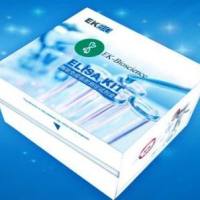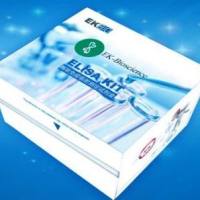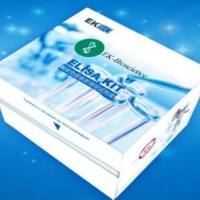Generation of Antibody Molecules Through Antibody Engineering
互联网
7095
Twenty-five years ago, Georges K�hler and C�sar Milstein invented a means of cloning individual antibodies, thus opening up the way for tremendous advances in the fields of cell biology and clinical diagnostics ( 1 ). However, in spite of their early promise, monoclonal antibodies (MAbs) were largely unsuccessful as therapeutic reagents resulting from insufficient activation of human effector functions and immune reactions against proteins of murine origin. These problems have recently been overcome to a large extent using genetic-engineering techniques to produce chimeric mouse/human and completely human antibodies. Such an approach is particularly suitable because of the domain structure of the antibody molecule ( 2 ), where functional domains carrying antigen-binding activities (Fabs or Fvs) or effector functions (Fc) can be exchanged between antibodies ( see Fig. 1 ).
Fig. 1. Domain organization of an IgG molecule. Antigen-binding surface is formed by variable domains of the heavy (V H ) and light (V L ) chains. Effector functions are determined by constant C H 2 and C H 3 domains. The picture is based on the crystal structure of an intact IgG2 anti-canine lymphoma MAb231 ( 2 ) (pdb entry 1IGT). The drawing was generated using a molecular visualization program RasMac Molecular Graphics, version 2.7.1 (R. Sayle, Biomolecular Structure, Glaxo Research and Development, Greenford, Middlesex, UK).









